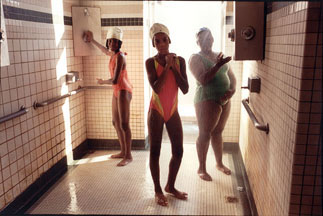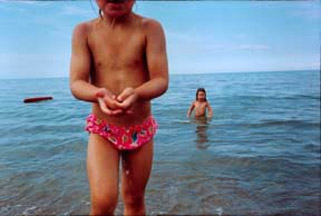Melissa Ann Pinney
(b. 1953; resides Evanston, IL)
Melissa Ann Pinney, well known for the documentary images of her long-term series Feminine Identity and then the more personal pictures of Regarding Emma, enters a new (and as yet unnamed) phase with the work represented in this portfolio. Set almost exclusively in the college town of Evanston, these pictures of Pinney’s daughter, other young girls, and a few boys both meditate on what it is to grow up in such a place now and reflect on the photographer’s own experience growing up there decades ago. Caught in a surge of development, the city’s imminent transformation makes a fitting backdrop for these children on the brink of adolescence. For the moment, though, their grit and their glamour still take the form of skinned knees and painted nails. They may play at adult roles, as in the picture of girls with balloons under their shirts mimicking the bulging bellies of pregnancy, but they do so in the gestures unique to childhood.
Pinney was born in St. Louis in 1953, and holds a BA from Columbia College Chicago (1977) and an MFA from University of Illinois Circle Campus, Chicago (1988). She is the recipient of a John Simon Guggenheim Memorial Foundation Fellowship (1999), a National Endowment for the Arts, Midwest Regional Fellowship (1987-88), and a total of four grants and fellowships from the Illinois Arts Council (1989, 1987, 1981, 1980). Her photographs are in the collections of the Art Institute of Chicago; Center for Creative Photography, Tucson, Arizona; Museum of Modern Art, New York; and San Francisco Museum of Modern Art, among others. Formerly an instructor at IIT’s Institute of Design and the Art Institute of Chicago, Pinney has taught at Columbia College Chicago since 1984.
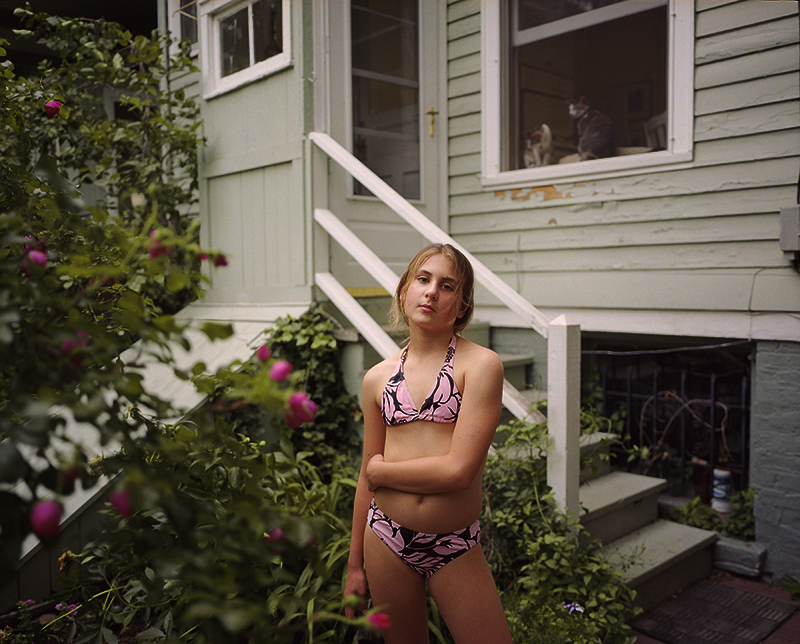
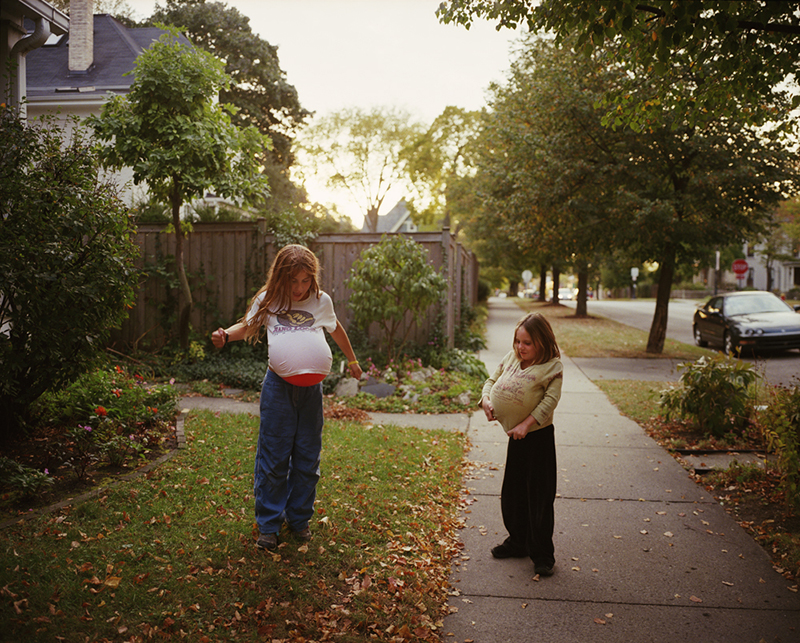
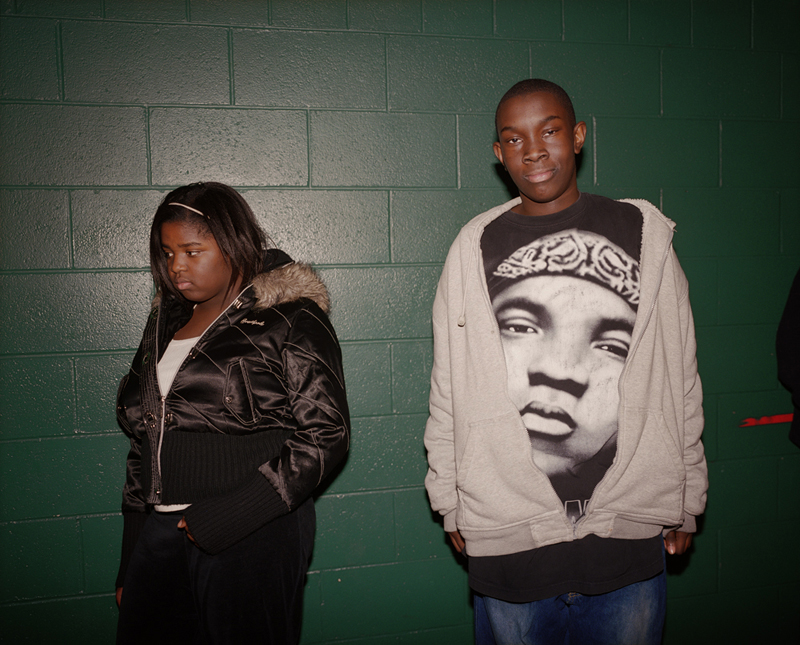
Past Portfolio
Melissa Ann Pinney makes color photographs of ordinary situations to exemplify the social construction of female identity. Her subjects—women at the pool, at the beach, in the bathroom, or daughters sharing a quiet moment with their fathers— serve to illustrate this identity and how it functions in relationships. This façade is most apparent in her pictures of familiar rituals: the beauty salon, women dressing, or a bride preparing for her wedding.
